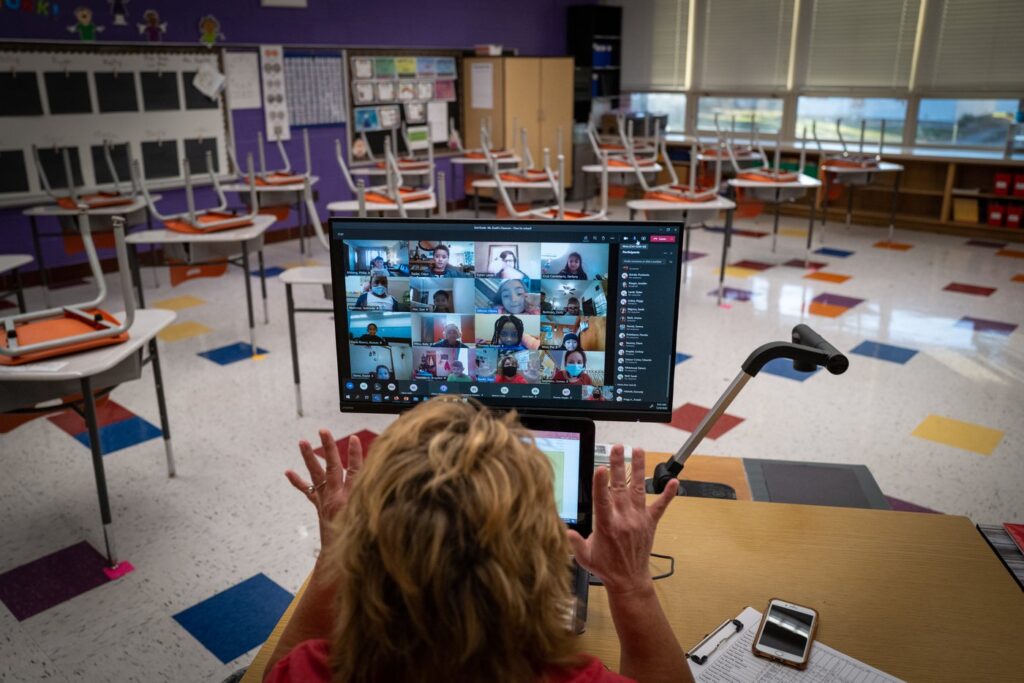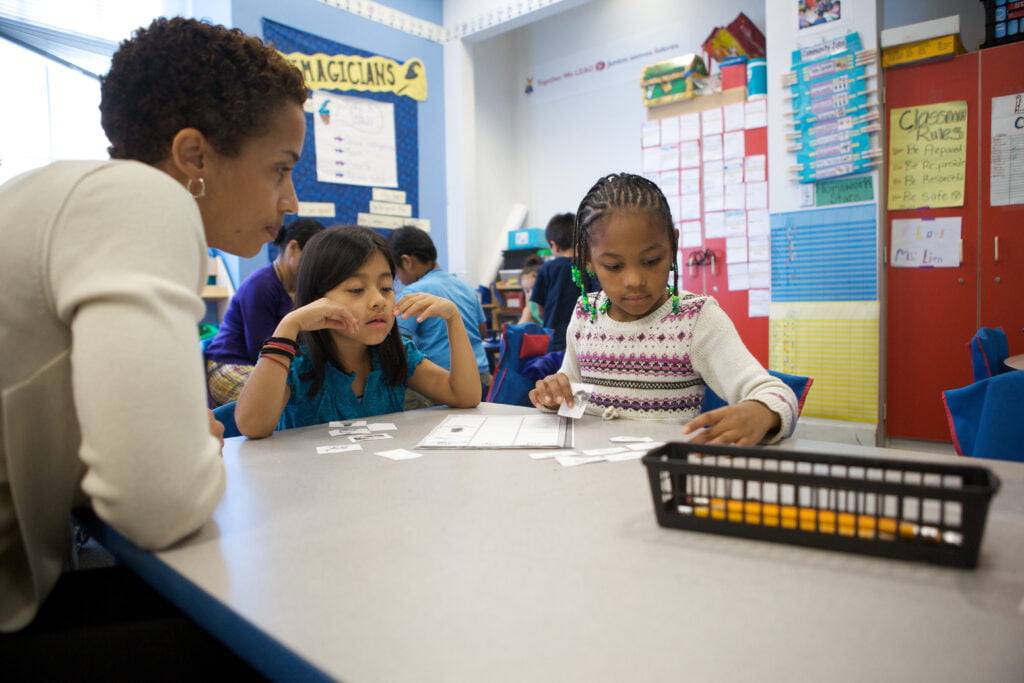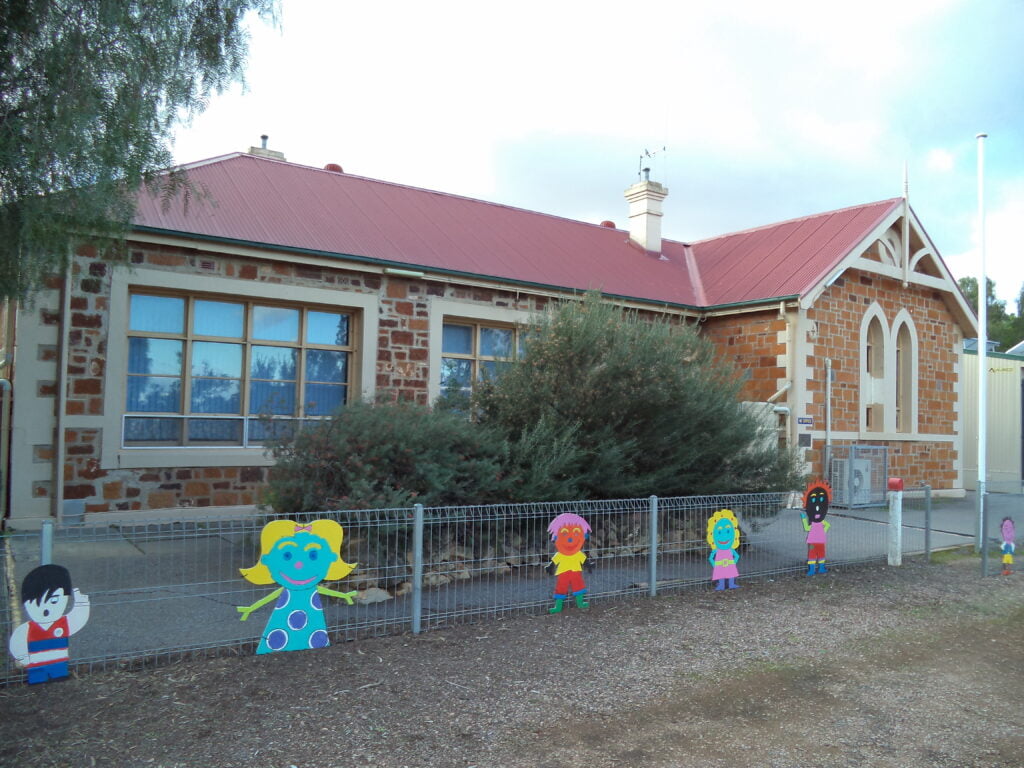COVID-19 further exposed existing cracks in the teaching profession which need to be fixed urgently.

COVID-19 further exposed existing cracks in the teaching profession which need to be fixed urgently.
Education faces huge challenges after COVID-19.
Teacher numbers and resourcing, unequal access and outcomes and widespread student disillusionment, disengagement and mental ill-health are not new — but have been blatantly exposed and exacerbated by the pandemic. How we respond now will be crucial for future generations.
The past three years of pandemic-interrupted schooling put extreme pressure on all involved: school leaders and administrators, teachers, students and families.
Teacher shortages have reached critical levels in the United States, United Kingdom, Australia, Europe and Africa. The supply and demand of teachers, particularly in ‘hard-to-staff’ locations, continues to be an issue and was heightened over the pandemic due to a lack of effective policy solutions.
The expectations of teachers’ performance have increased over time as schools increase their reliance on standardised tests. Teaching has become more time-consuming and more physically and emotionally demanding while the pay and social rewards are often perceived as unsatisfactory. This was already contributing to teachers’ intentions to leave the profession prior to COVID-19, according to 2019 research on Australian teachers.
The crisis in teacher supply is only one facet of the deeper, more complex combination of problems modern education faces.
The mix of global pressures, such as competitive education and employment opportunities, political tensions, technological advancements and environmental degradation and climate change, have created younger generations that struggle to find hope — disengaged and struggling with mental health in increasing numbers.
The problem of teacher supply and student well-being is worse in communities with the least resources, particularly during the pandemic.
The class of 2022/2023 and those in the next five years are likely to bear the brunt of these issues. There is a generation at risk of having their futures defined by COVID-19.
Addressing teacher shortages should be a priority. Teachers not only provide high-quality learning — they are also key figures of emotional support, social development and students’ well-being.
High-quality, dedicated and caring teachers who have the time and resources to develop positive relationships and support high-quality learning can make immeasurable differences in students’ lives and in communities that will thrive in the future. But many teachers are struggling and considering leaving. The Australian Government has declared the teacher shortage an “unprecedented“ challenge and developed a National Teacher Workforce Action Plan.
It outlines five priority areas of improving teacher supply: strengthening initial teacher education, keeping the teachers we have, elevating the profession and better understanding future teacher workforce needs.
Two of these five, keeping teachers and elevating the profession, are an immediate priority to address two issues contributing to the rates of teacher attrition — workload and disrespect.
Monash University research has found these are often cited by teachers as contributing to increased rates of burnout and attrition.
Australia is on a precipice, with up to 70 percent of teachers considering leaving the profession. Working through the pandemic was the final straw due to the further intensification of expectations and workload. Now in a ‘post-COVID’ period, they are not seeing changes that suggest a more manageable way forward.
But if disillusioned teachers can be convinced to stay and if some who have left in recent years could be convinced to return, the crisis might be diminished.
This will only occur by improving teachers’ working conditions and ensuring the public discussions and perceptions about teaching (in the media and through policy) are positive and respectful.
Teachers in the Monash University survey recommended solutions such as: reducing administrative burdens, providing more specialised staff to assist with students’ social and behavioural challenges and reducing class sizes to allow more time for teachers to meet the individual and social needs of students.
Respondents also suggested better pay and greater trust in teachers through the removal of excessive accountability requirements. Doing so would help them to feel more valued and appreciated.
The solutions to the immediate teacher supply issues are not simple, nor are they cheap. It would be cheaper and easier to call for improved teacher preparation programs or to investigate long-term workforce trends, but this won’t have the short-term impact that is needed. If governments and administrators are able to hone in on what teachers are crying out for right now, we might be able to stem the attrition, and also have the long-term benefit of the profession being seen as an attractive career.
It’s really a pretty simple equation — the stronger and more committed our teachers are, the better educated our societies will be.
Fiona is a Lecturer in Educational Leadership in the Faculty of Education, Monash University, with a background of 15 years of teaching and leadership at schools in disadvantaged, urban communities. Fiona’s research interests are in intersections of educational leadership, educational change and student empowerment.
The author declares no conflict of interest.
Originally published under Creative Commons by 360info™.










